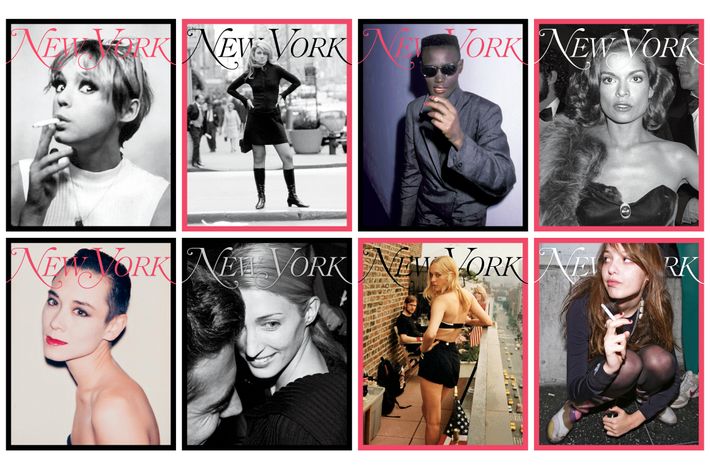Marking its 55th anniversary, New York Magazine’s “Yesteryear” issue looks back at a century of the city’s insatiable appetite for — and indispensable supply of — “It” girls, with eight covers each featuring a woman who captured what it meant to be “It” through the decades. The package’s opening essay by features writer Matthew Schneier chronicles the origins of our obsession and the debate around what makes someone “It.”
“The whole concept of an ‘It’ girl is one of those you-know-one-when-you-see-one designations; like ‘chic,’ it defies any rigid definition,” Schneier said. “What we found making this issue was how strongly held all of our gut feelings were on who was and who wasn’t, what made them one, and even whether it was a compliment, a corner to be backed into, or both. It took a lot of debate and a long trawl through the archives — back to the very beginnings of the codification of the idea, which also took place in a magazine, in Cosmopolitan in the ’20s — to come to a working understanding. ‘It’ wriggles through the last century and changes as it goes along, but always keeps at least one essential quality: ‘It’ girls are the women we can’t look away from.”
The cover stars are Edie Sedgwick, Jane Holzer, Bianca Jagger, Grace Jones, Tina Chow, Carolyn Bessette Kennedy, Chloë Sevigny, and Cory Kennedy. For the package, the magazine interviewed dozens of “It” girls on the highs and lows of their experiences, including Jane Holzer on the rise of the “Factory Girl,” Pat Cleveland about making spaghetti with Halston, Chloë Sevigny on what being an “It” girl did to her career, Alexa Chung, Jenny Shimizu, Cory Kennedy, Lizzie Grubman, Nicky Hilton, Kimora Lee Simmons, Debi Mazar, Ella Emhoff, Hari Nef, and more — plus, Fran Lebowitz remembers Tina Chow and John Waters on Cookie Mueller.
“’It’ girls have been a constant presence in New York City, but when put in the context of their time, they often represent a perfect encapsulation of our social and cultural preoccupations,” said deputy editor Alexis Swerdloff. “In talking to dozens of women about the parties and people that brought them into the spotlight, we’re able to understand the ways these women were made (and in some cases broken), and also get a unique snapshot in time of an ever-changing city.”
